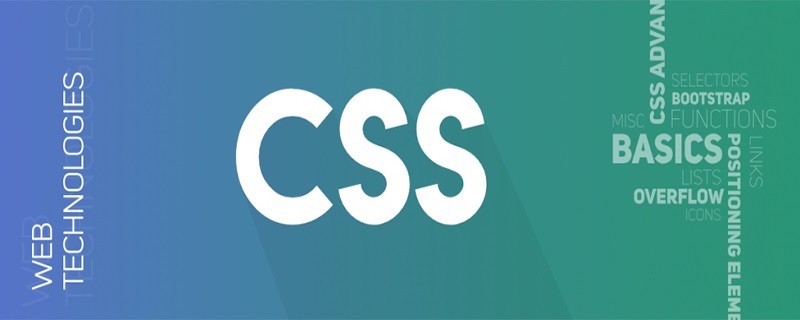Home >Web Front-end >CSS Tutorial >Recommend six mobile UI frameworks
Recommend six mobile UI frameworks
- Guanhuiforward
- 2020-05-21 10:07:468747browse

As a front-end staff, it is very necessary to summarize several relatively good UI frameworks for mobile development. The following mobile UI frameworks can basically To meet the development needs at work and choose the appropriate framework to build the project according to the project needs, it is easier to improve development efficiency.
1. MUI
A high-performance front-end framework that is closest to the native APP experience. The pursuit of performance experience is our primary goal when starting the MUI project. Lightweight must be important features.
MUI does not rely on any third-party JS library. The compressed JS and CSS files are only 100 K and 60 K. In view of many previous front-end frameworks (especially responsive layout frameworks), the UI controls look It is too much like a web page and has no native feel, so pursuing the native UI feel is also an important goal for us. MUI is based on the iOS platform UI and supplements some UI controls unique to the Android platform
Official link: http://dev.dcloud.net.cn/mui/
2. Frozen UI
Developed by the Tencent team, suitable for use Web pages designed according to Mobile QQ standards, and for pages that are not based on Mobile QQ standards, the interface theme can be customized by modifying variables. You can select the required components on demand, or load them on demand using CDN and combo. Use iconfont to display icons, including common components such as buttons, lists, forms, prompts, pop-up windows, new text, layout, 1px, rem, text truncation, placeholder, blank both ends, alignment and other solutions. At the same time Solved the problem of mobile screen adaptation. CSS uses modular style naming and organization specifications, and uses sass to write css code.
Official link: http://frozenui.github.io/
##3. Amaze UI
Amaze UI is based on the concept of mobile first, gradually expanding from small screens to large screens, and finally realizing adaptation to all screens to adapt to the trend of mobile Internet. Amaze UI contains nearly 20 CSS components, more than 20 JS components, and multiple web components with different themes. It can quickly build cross-screen pages with excellent interfaces and excellent experience, greatly improving development efficiency. Compared with foreign frameworks, Amaze UI focuses on Chinese typesetting and adjusts fonts according to the user agent to achieve better Chinese typesetting effects; it takes into account the compatibility support of domestic mainstream browsers and the built-in browser of the App. Amaze UI is developed for HTML5 and uses CSS3 for animated interactions, which is smooth and efficient. It is more suitable for mobile devices and allows web applications to load faster. Official link:http://amazeui.org/
## 4. SUI MobileSUI Mobile is a set of UI libraries developed based on Framework7. It is very lightweight and beautiful. You only need to introduce our CDN file to use it. It is compatible with iOS 6.0 and Android 4.0, making it very suitable for developing cross-platform Web Apps.
Official link:
http://m.sui.taobao.org/##5. Muse-UI
Based on the UI component library of Vue 2.0 and Material Design, Muse UI has more than 40 UI components to adapt to different business environments. Muse UI's way of customizing themes is extremely elegant, requiring only a small amount of code to complete theme style replacement. Muse UI is developed based on Vue2.0. Vue2.0 is one of the fastest front-end frameworks at the moment. It is small, API-friendly, and can be used to develop complex single-page applications.
Official link: https://muse-ui.org/#/zh-CN6. AUI2.0
AUI 2.0 is a brand new AUI framework that has been re-architected based on 1.X. Based on actual projects, we redefine the AUI framework from the perspective of developers and projects. In 2.0, a large number of flexible responsive layouts are used, and the nested form of container layout structure and controls is used to facilitate developers to quickly lay out styles. We fully absorbed the feedback from AUI users and learned from other excellent UI frameworks on the market to complete the development of version 2.0. 2.0 follows the Google Material design specifications and uses the MIT open source license.
Official link: http://www.auicss.com/doc/v/2/doc_id/1Recommended tutorial: " CSS Tutorial
》《JS Tutorial》
The above is the detailed content of Recommend six mobile UI frameworks. For more information, please follow other related articles on the PHP Chinese website!

